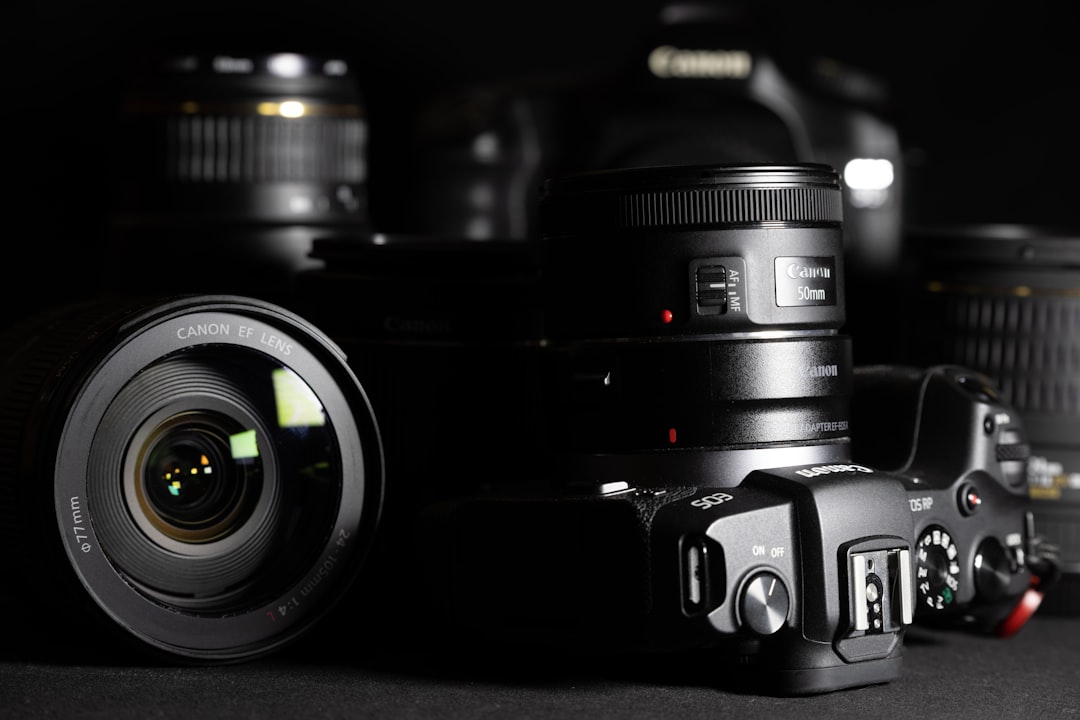
Photography is a powerful way to tell stories, capture emotions, and preserve moments, but the industry’s environmental impact is often overlooked. From the materials used in cameras and lenses to the energy consumption of lighting and editing equipment, traditional photography practices can contribute to waste and pollution. As sustainability becomes a global priority, many photographers are seeking eco-friendly alternatives to reduce their footprint while continuing to create stunning images. Making sustainable choices when selecting gear, accessories, and practices can help photographers contribute to a greener world without compromising on quality.
One of the most effective ways to reduce waste in photography is by choosing second-hand or refurbished equipment. High-quality cameras, lenses, and accessories are built to last, and buying pre-owned gear extends their lifespan while reducing demand for new production. Many camera retailers and online marketplaces offer certified refurbished equipment, ensuring that photographers can purchase reliable, high-performance gear at a lower cost. Opting for second-hand gear not only helps the environment but also provides an opportunity to own professional-grade equipment without a hefty price tag.
Sustainable materials are also becoming more common in photography gear. Many traditional cameras and accessories contain plastics and metals that are difficult to recycle, leading to increased waste. However, brands are now exploring eco-conscious manufacturing processes, including using biodegradable plastics, recycled metals, and ethical sourcing of materials. Camera straps, bags, and tripods made from sustainable fabrics such as organic cotton, hemp, or recycled polyester offer an environmentally friendly alternative to synthetic options. Choosing gear made from these materials supports the shift toward sustainable production and reduces reliance on non-renewable resources.
Lighting is another major aspect of photography that can be made more sustainable. Traditional studio lighting setups often rely on power-hungry bulbs that consume large amounts of electricity and generate heat. LED lighting provides a more energy-efficient solution, using significantly less power while offering the same level of brightness. Many LED lights also have a longer lifespan, reducing the frequency of replacements and minimizing waste. Portable solar-powered lighting is another excellent option for outdoor and travel photographers, allowing them to harness renewable energy for their shoots without relying on traditional power sources.
When it comes to photography accessories, there are several eco-friendly alternatives available. Tripods made from bamboo offer a sustainable alternative to metal models, as bamboo is a fast-growing, renewable resource that provides strength and durability. Camera bags made from recycled materials or upcycled fabrics are another great option for environmentally conscious photographers. Additionally, reusable lens wipes and biodegradable cleaning solutions help reduce plastic waste associated with disposable wipes and chemical-based cleaners.
The transition to digital photography has already reduced the environmental impact of film processing, which required chemicals and paper. However, even digital photography can generate waste through excessive printing, disposable batteries, and storage devices. Using rechargeable batteries for cameras and flash units is a simple yet effective way to reduce waste and lower costs in the long run. Investing in high-quality, long-lasting memory cards instead of frequently replacing lower-capacity ones can also minimize electronic waste. For image storage, choosing cloud-based services powered by renewable energy rather than physical hard drives can further contribute to sustainability.
Sustainability extends beyond just the equipment; it also includes responsible photography practices. Reducing unnecessary prints and opting for digital galleries or online portfolios instead of printed albums can significantly cut down on paper waste. If printing is necessary, choosing recycled paper or working with eco-friendly printing companies that use sustainable inks and materials can make a difference. Additionally, supporting brands and businesses that prioritize ethical and eco-conscious practices ensures that the industry continues to move toward sustainability.
Photography has the power to inspire change, and by adopting sustainable practices, photographers can contribute to a greener future. Whether by choosing second-hand gear, using energy-efficient lighting, investing in eco-friendly accessories, or minimizing waste, small changes can lead to a significant impact. As more photographers embrace sustainability, the industry can shift towards environmentally responsible practices that benefit both creatives and the planet. By making conscious choices, photographers can continue capturing the beauty of the world while also preserving it for future generations.
